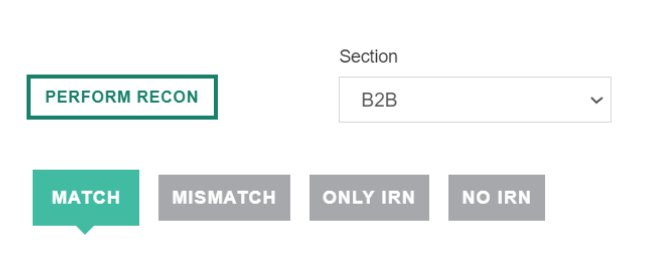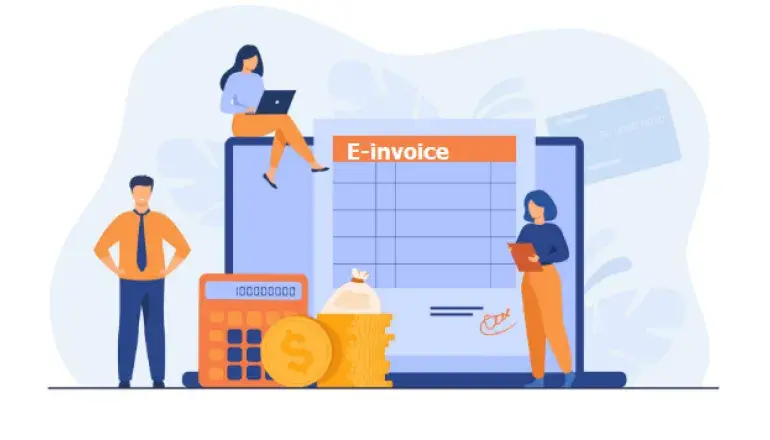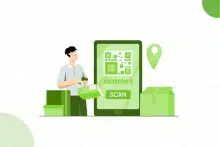Impact of E-invoicing in GST Return filing
Under the new e-invoicing system, all e-invoices will be electronically authenticated by GSTN.
What is e-invoice under GST?
E-Invoice is a system in which B2B invoices are authenticated electronically by GSTN for further use on the common GST portal. Under the electronic invoicing system, an identification number will be issued against every invoice by the Invoice Registration Portal (IRP).IRP will issue unique IRN number & QR code which used need to incorporate in their invoice.
Which businesses need to generate e-invoices under GST?
Currently, the e-invoicing system applies to businesses with an annual aggregate turnover exceeding INR 10 crores in any of the previous financial years, starting from 2017-18. E-invoicing system currently applies to only B2B documents such as e-invoices, and credit & debit notes.
It is important to understand the change in compliance and also the impact on the GSTR Return filing if your business is eligible for e-invoicing.
Impact 1: Autosaving of e-invoice in your GSTR 1 returns
The Goods and Service Tax Network (GTIN) has issued an advisory on auto-population of E-invoice details into GSTR-1.
Most of us know that invoice details can be imported from the e-way bill site into your GSTR-1 Return. Similarly, the details of the invoice can be imported from the Government portals into your GSTR-1.
Since the e-invoicing system currently applies to only B2B documents such as e-invoices, credit & debit notes, only these documents will be auto-populated to the respective tables of GSTR-1 Return. Hence, once the taxpayer obtains IRN (Invoice Reference Number) from IRP (Invoice Registration Portal) only then the auto-population takes place.
As per the advisory dated 30 November 2020, the auto-population happens in an incremental manner on a T+1 day basis.
What is the benefit of auto-population of E-Invoicing in GSTR-1?
With the auto-population of E-Invoicing in GSTR-1, the taxpayer can avoid re-entering the details again on the GST Portal for preparing GSTR-1 as well as avoid any errors of manual entry. This facility was made available from December 2020.
Now let’s check out the Tables of GSTR-1 where e-invoice details get auto-populated.

Impact 2: Need of Reconciliation between your Sales Data v/s IRN No v/s GSTR-1
We must understand that the taxpayers have the challenge of reconciling data between the e-invoice auto-populated into GSTR-1 as well as the Sales register every month.
The differences could be on the account of:
a) B2C invoice,
b) Additional details asked for GSTR-1 apart from B2B invoices and the nonappearance of invoice data in GSTR-1 for a particular month.
E-Invoice Reconciliation by EaseMyGST
EaseMyGST provides GST data integration where the client can get E-invoice details from government portal & same gets auto-reconciled with your GSTR-1 and the results are categories under one of - Match / Mismatch / Only IRN / No IRN.

This requires a perfect expert solution for error handling & matching of data entries such as EaseMyGST Reconciliation, the report which provides best in class e-invoicing solution which is fast, dependable & affordable.
Head over to EaseMyGST to find out more or to talk to one of their experts.
Ginesys One with GST integration
Ginesys One ERP suite provides an integrated GST E-invoicing solution, whereby the transactions made across the ERP, whether offline retail store orders via POS or online retail orders via the website or marketplaces, all automatically get e-invoicing functionality within the ERP itself and all get saved in the accounting system.






